This morning in Israel began like no other: layered, dissonant, momentous. A collision of spectacle and salvation, of grief and hope, of noise and meaning. It was a morning composed of many parts: part show, part hope, part illusion, part bluster, part redemption, part commercial deal, part peace plan, part threat, part diplomacy, part war. For a few hours, all those contradictions briefly aligned to form a kind of harmony. They may yet fall apart again, but for now, they have converged in one extraordinary sequence of events.
On one side of the news screen, Donald J. Trump descended the stairs of Air Force One at Ben Gurion Airport, fist raised in his characteristic gesture of triumph. On the other, Israeli hostages were being shepherded to safety under the watch of the IDF and Shin Bet, emerging after 738 days of brutal captivity. This was a day choreographed like theatre. The world was invited to watch. And the world watched.
Trump, ever the master of spectacle, timed his arrival to perfection. The plane banked low along Tel Aviv’s coast, passing over the beaches spread with an enormous welcome sign. President Isaac Herzog announced he would award him the country’s Medal of Distinction. Netanyahu walked beside him. Trump grinned, basked, orchestrated. “Everybody wants to be a part of it,” he said of his peace plan as he spoke with journalists inside the plane. “It’s a unique period in time.”
If Hamas once used hostage handovers for grotesque theater, with drones capturing staged presentations of hastily printed certificates, terrorists preening and Palestinian children cheering as the captives were forced to perform and even kiss their captors, today the tables were turned. Hamas had been warned: no stunts, no provocations, no theatrics. This time, the show belonged to Trump, and to Israel. And nobody engineers a show like Trump.
But for all the cameras, this was not just a spectacle. It was a day of raw human emotion. As the hostages emerged – first Eitan Mor, Alon Ohel, Ziv and Gali Berman, Guy Gilboa-Dalal, Omri Miran, and Matan Angrest – Israel held its breath.
Families received confirmation in real time. Some spoke with their loved ones by video call, others waited in silence, eyes fixed on the screens. The father of Omri Miran said only, “We are waiting, waiting and waiting” to embrace his son. A cousin of Alon Ohel described the morning as the best of his life, saying, “I just want to hug him.”
On Tel Aviv’s Hostage Square, thousands gathered waving flags, watching the Red Cross convoys inch across the screen. Across the country, the atmosphere was charged – anxious, breathless, and exultant in turns.
And now, the next chapter begins. The other thirteen hostages are in Red Cross custody, preparing to cross from Khan Younis into Israeli hands, their families waiting. The IDF has confirmed preparations are complete. The nation holds its breath again.
This may have seemed like a pageant of diplomacy and spectacle. But beneath the politics and choreography lies something deeply embedded in Jewish thought – an ancient, relentless imperative to redeem the captive. The drive to bring the hostages home is not merely emotional or nationalistic; it is sacred.
The source lies in Leviticus: “After he is sold, there shall be redemption for him”. On this verse, the medieval commentator Rashi writes, “It is a positive commandment to redeem him.” The obligation is not optional. It begins with family but extends to the entire community, and ultimately, to the whole nation. The Talmud adds that “there is no greater mitzvah than redeeming captives” (Bava Batra 8b). Because the captive is vulnerable, exposed and often in mortal danger, redeeming them becomes the highest form of piety – an act that binds law, love, and life itself. In halachic terms, this duty surpasses almost every other form of charity.
For Jews – and especially for Israelis – the commitment to hostage redemption is more than a cultural reflex. It is a covenantal instinct, encoded in scripture, enforced by sages and lived with aching urgency in moments like these. Today’s deal may have the hallmarks of a political agreement, but for many, it is something older, deeper and profoundly moral.
Trump, for his part, believes this is the beginning of something larger. He has declared that Arab nations are behind his plan, and that peace and prosperity may yet emerge from the ashes of Gaza. Once stabilized and normalized, he claims, Gaza can succeed.
That is the promise. But reality is more unforgiving. Since the ceasefire, Hamas has turned inward with ruthless efficiency, executing suspected collaborators and rivals in brutal purges across Khan Younis and Gaza City. Palestinians not aligned with the regime’s grip are hunted, tortured, and silenced. The prospect of a peaceful Palestinian polity still stumbles against a foundational obstacle: a political culture steeped in violence, a history of rejection, and a leadership that elevates martyrdom over statecraft.
As the Israeli scholar and Arabist Dr Mordechai Kedar put it in a recent interview: “Victory in war, by our definitions, is not victory by their definitions. For us, victory means dismantling an army, destroying its command, forcing surrender. But for them – even one survivor, amputated, seated on the rubble of his home, raising a V sign with his only two remaining fingers – that is victory. He has not lost. He will have children, and they will continue the struggle.”
History casts a long shadow. But today, for a moment, there is light. Relief, reunion, joy, and yes – grief. For those not returning alive. For those lost. For those still waiting. In all this complexity, one thing endures: the determination of a nation which never stops fighting to bring its people home. Today, the traditional Jewish “shehecheyanu” blessing will be uttered by thousands around the world: Blessed art thou oh Lord our God, who has kept us alive, sustained us, and brought us to this moment. Amen.



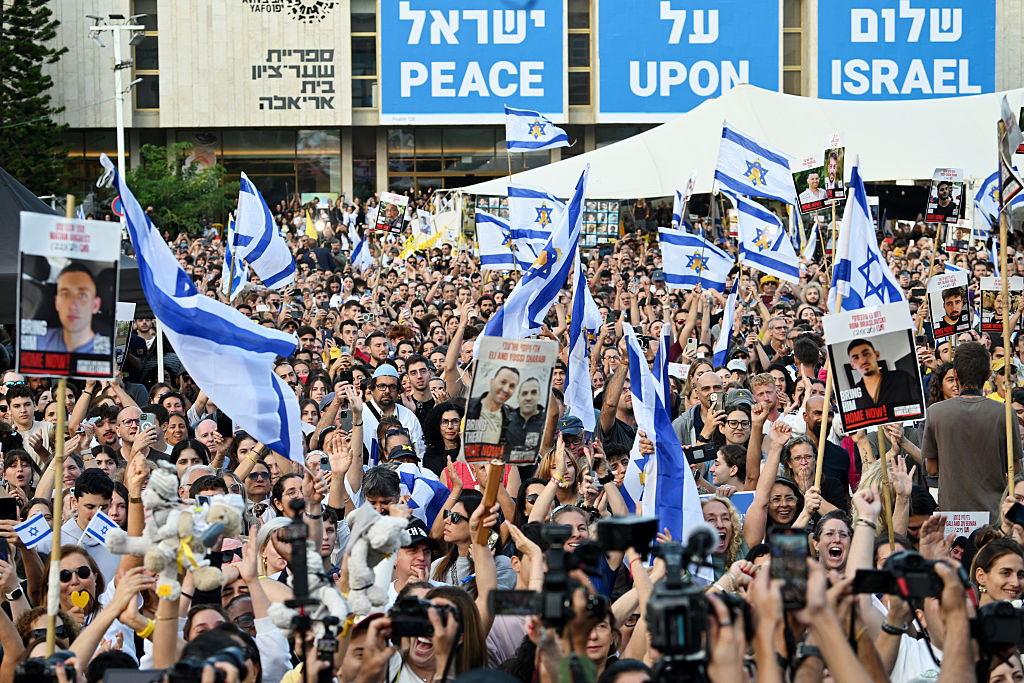






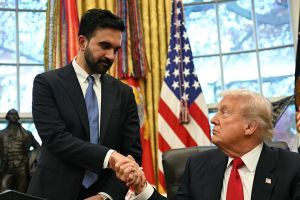
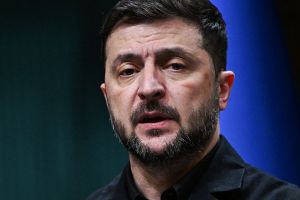
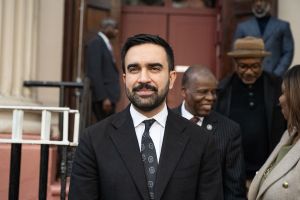
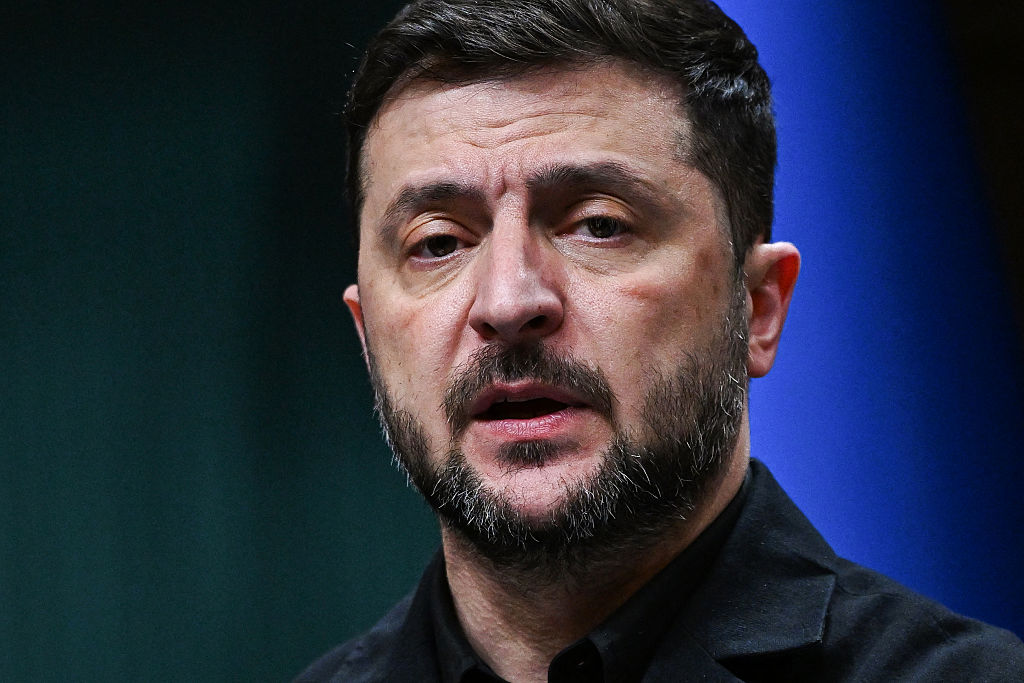
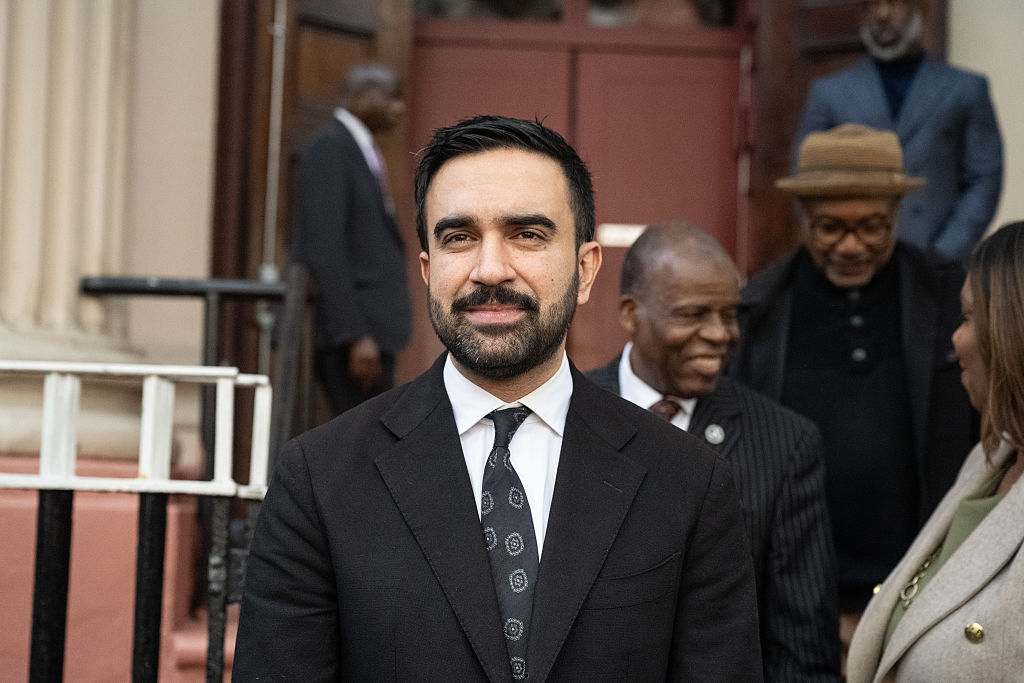
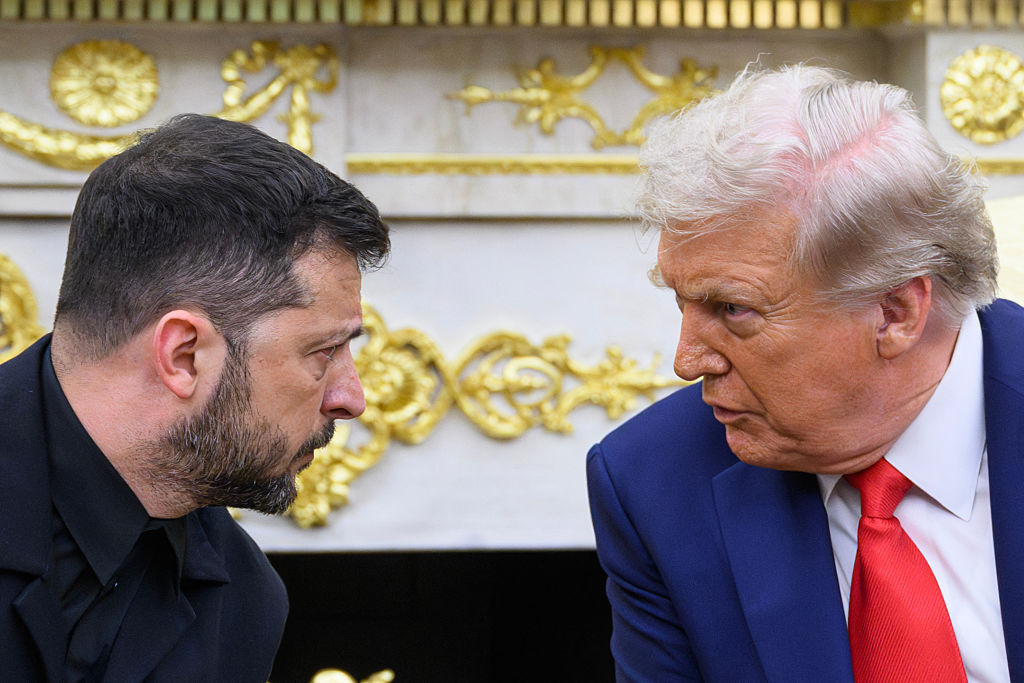

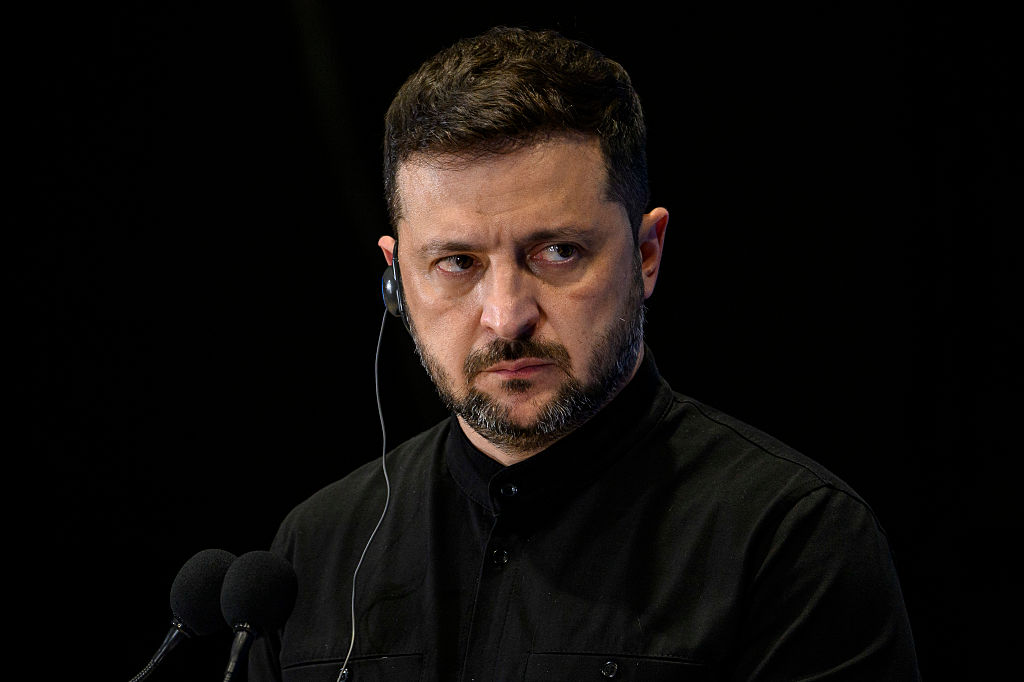
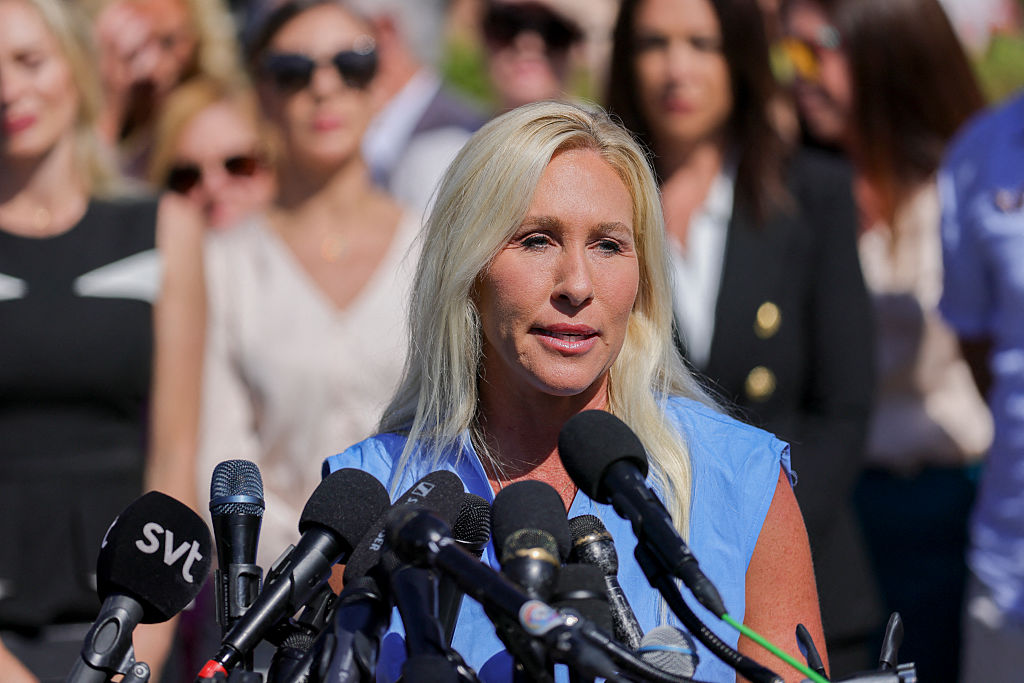

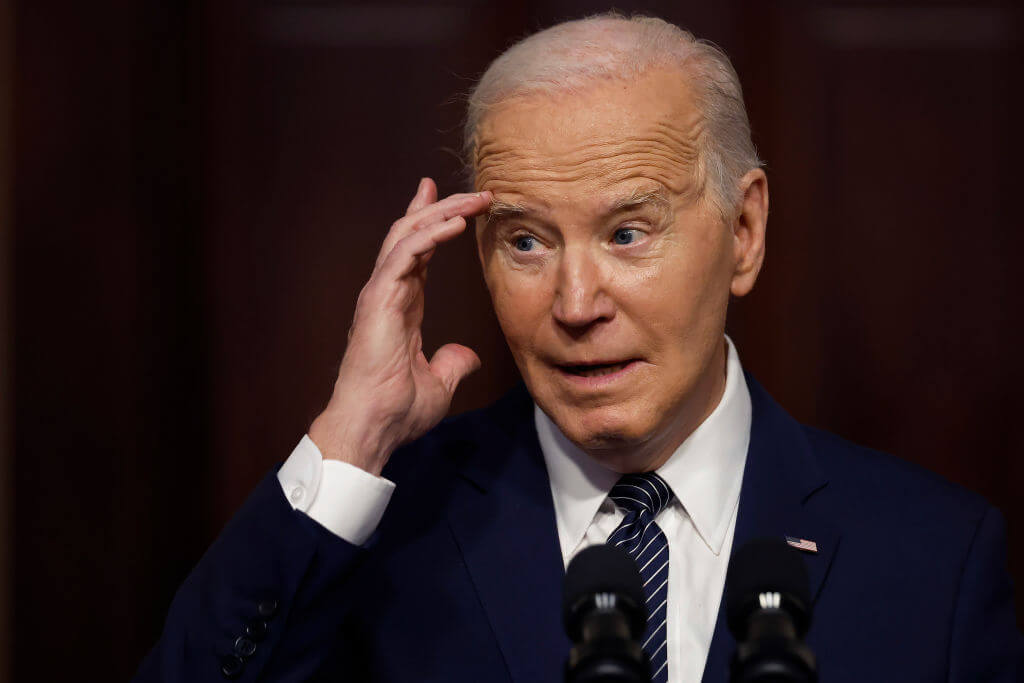



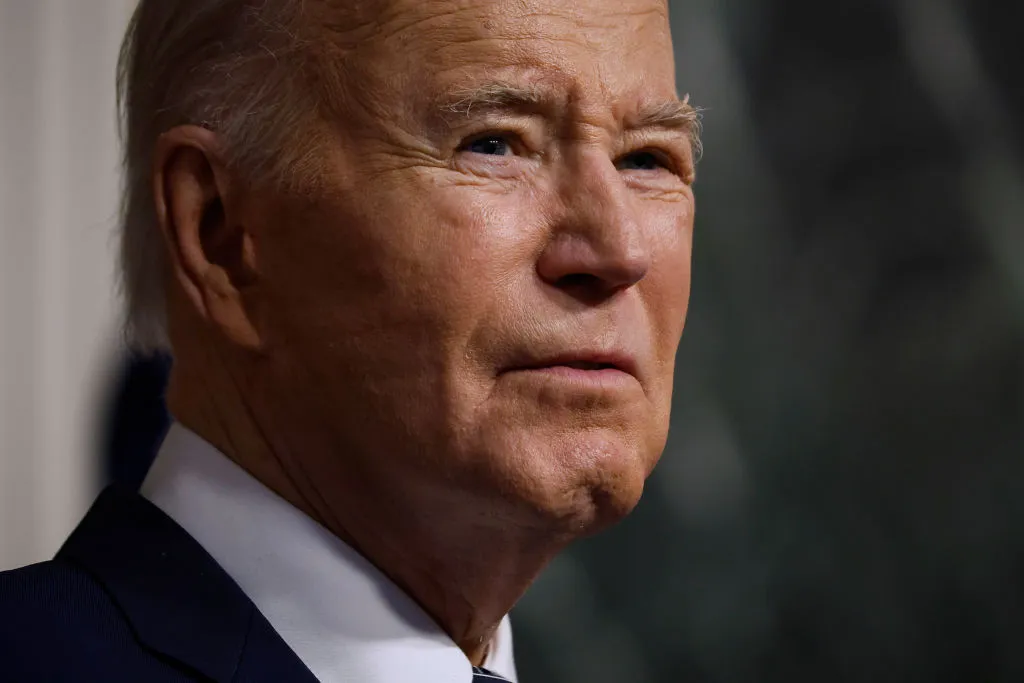

Leave a Reply